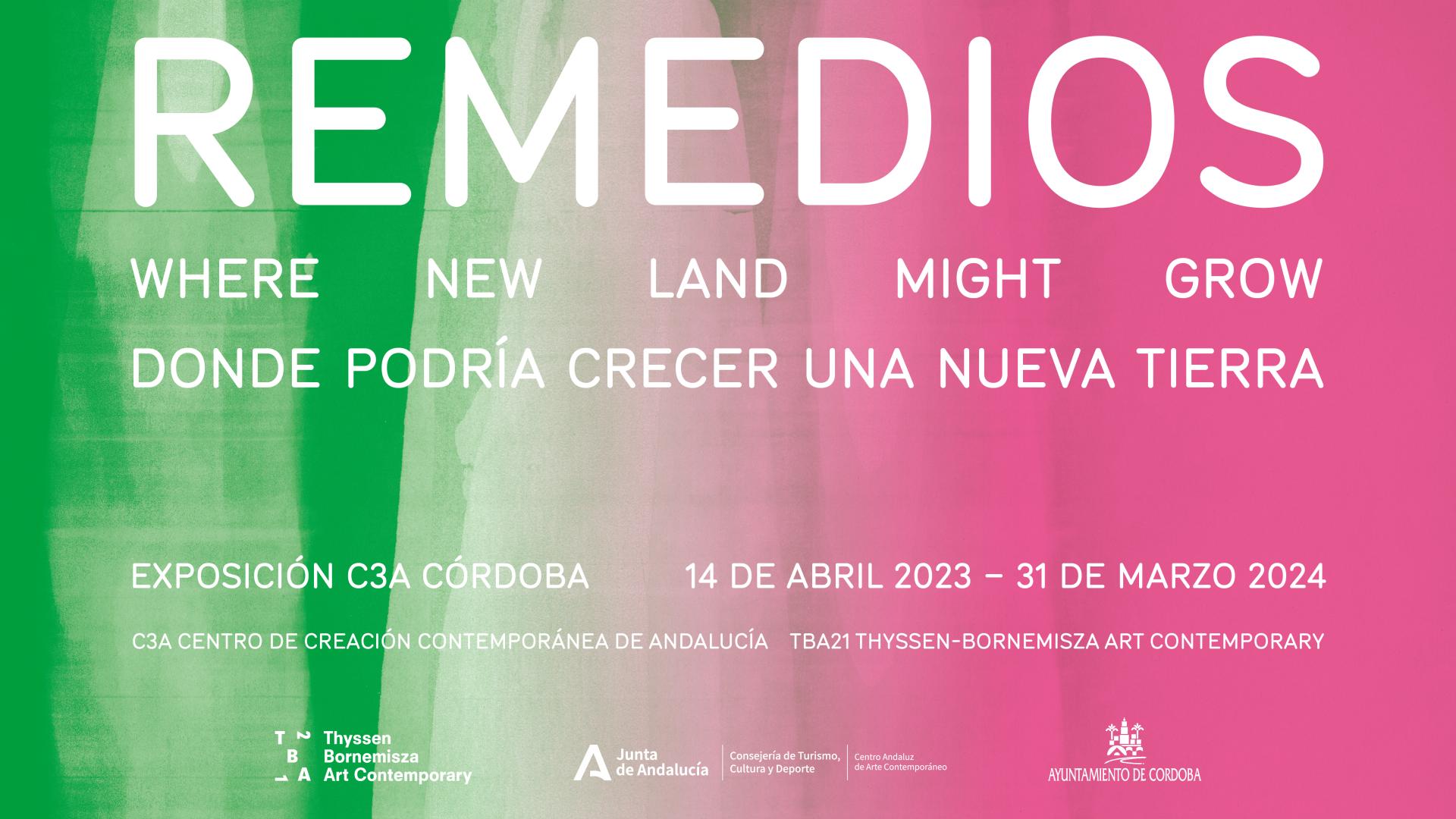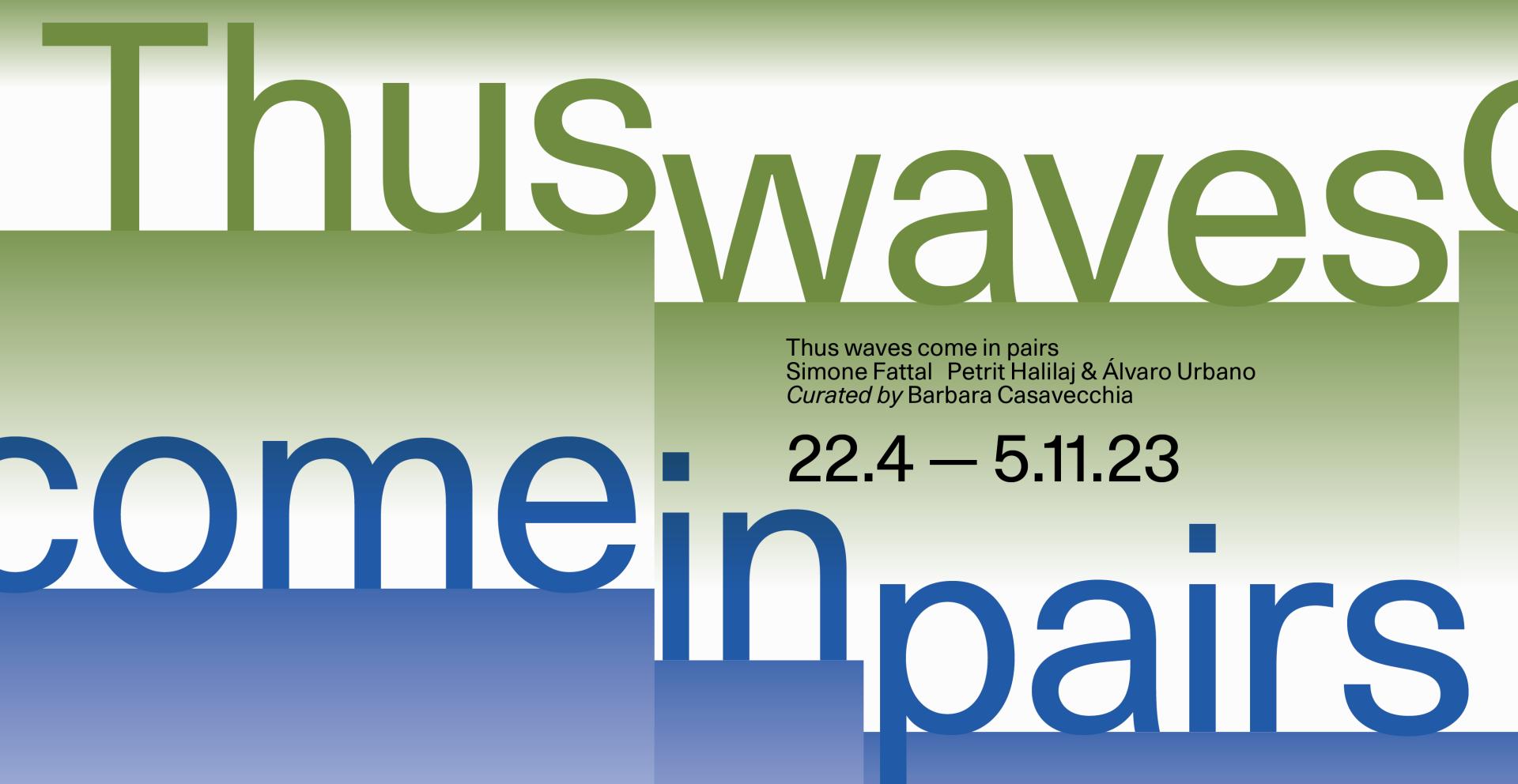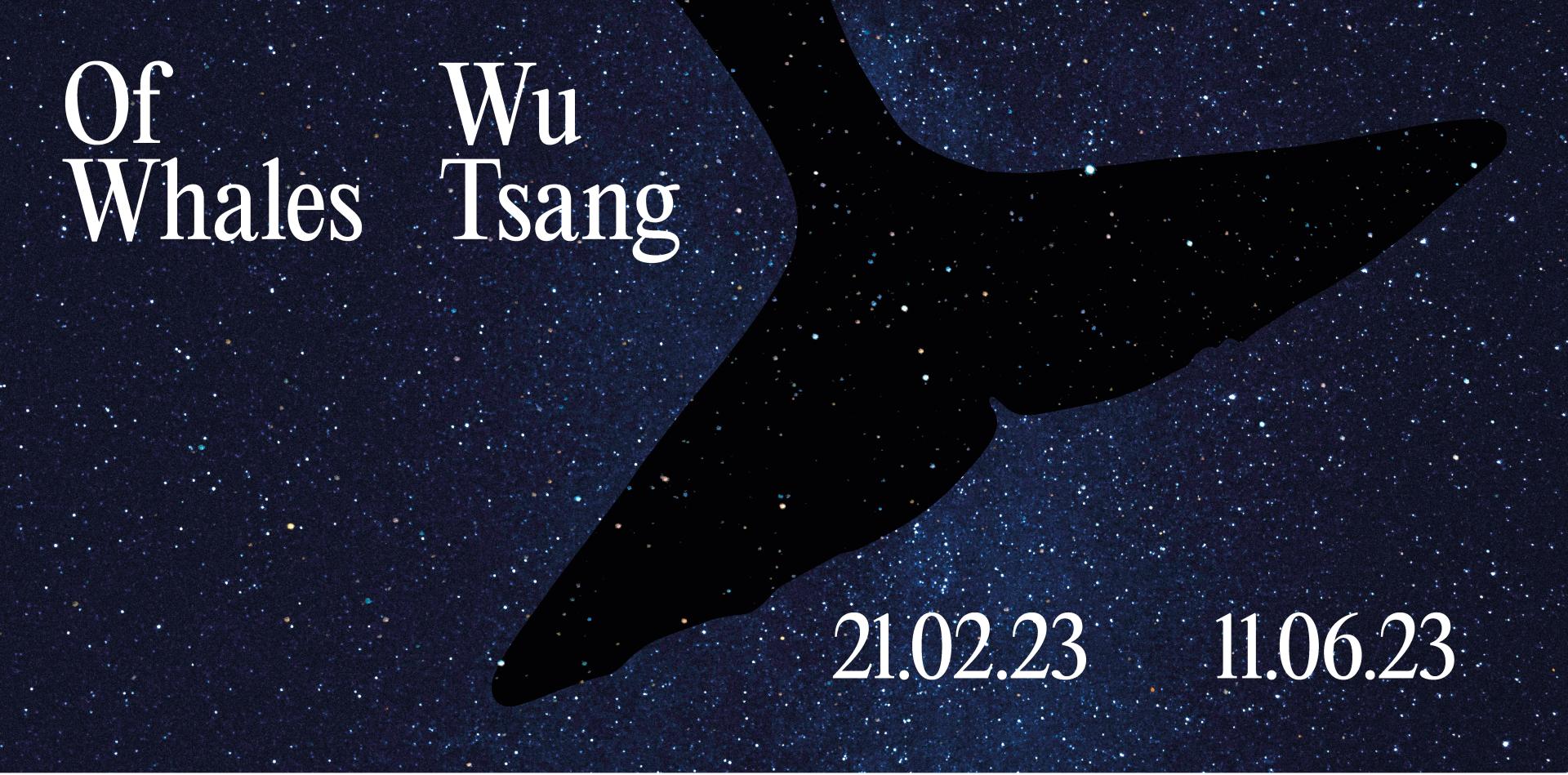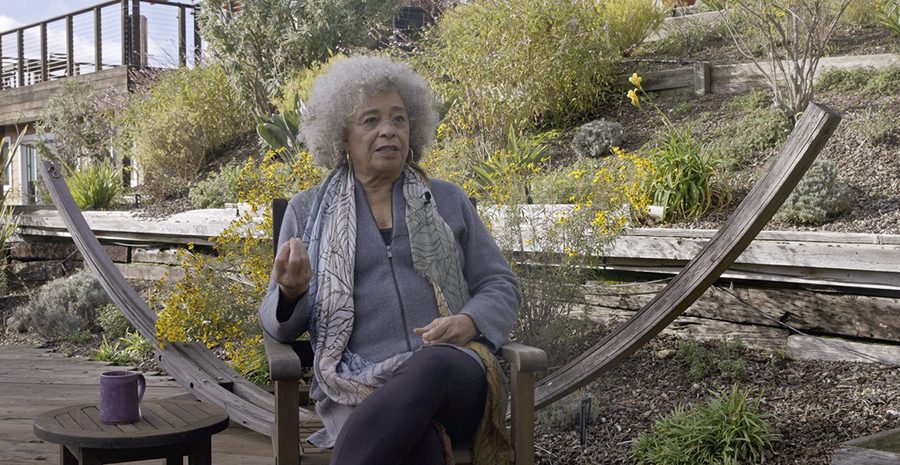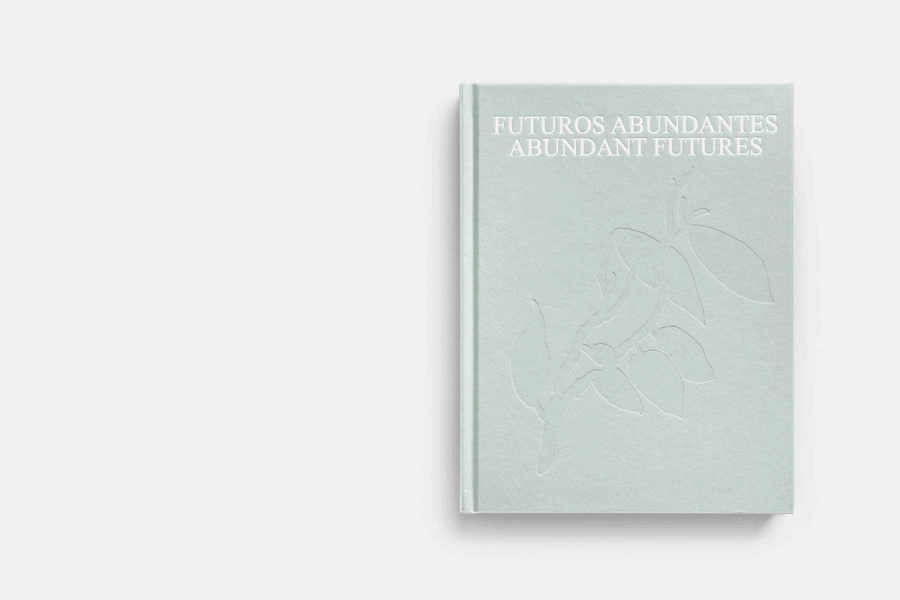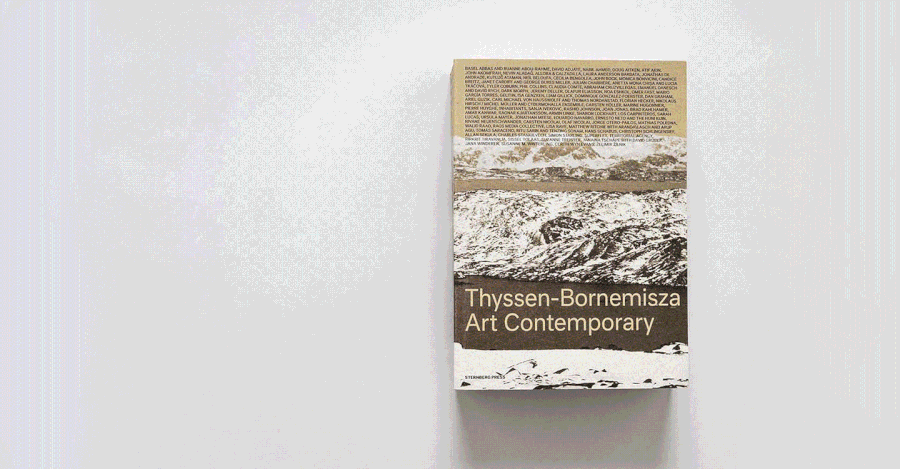Chicas Patas Boogie (sweaty & needy), 2012
Abraham Cruzvillegas

© Brian Forrest
Collection
Rebar, fabric, feathers, chain and meat.
254 x 203 x 236 cm
Chicas Patas Boogie (sweaty & needy) is part of the series “Autodestrucción,” which Cruzvillegas started in 2012. Exploring diverse ways of making things one’s own, Cruzvillegas demonstrates how “internationalism” or “style” can be appropriated, customized, modified, adapted, and even destroyed according to specific, local, individual, subjective needs.
The combination of materials in the sculptures refers to objects like chains, feathers, and checkered clothes, used by the subcultural movements of pachucos, zuazous, and zoot suiters in the 1930s in Mexico, who were associated with a particular style of dress and flamboyant public behavior. Cruzvillegas does not define himself as an animist, but he says, “I feel close to hylozoism—the idea that all matter is alive—and I want in my dreams to become a Taoist, but I’m just on my way. When I work with objects I listen to them, they have their own dialogues in a single sculpture, but there’s also my voice. I don’t think that I, or anybody else, follow objects or things instructions, but for sure they can devour people, like fear.” The artist has used rebar from demolitions in Los Angeles in order to refer not only to the fact of destroying real architecture, but also to the economic means of recycling, which is something he does often in his work. “I use ‘dead things,’ or materials people think of as garbage, and give them a new life, a new use, by revealing instead of hiding their nature. Scarcity is also a way to understand that any material can be good for constructing, or for art making. In this case, I brought only pieces of cloth from Mexico. Most of them are remnants of castoff fabrics from stores, so they were really cheap or free. All the rest was material found in LA. There, you can see many economic contexts, like feathers from all over the US, chains from junkyards, and meat from restaurant supplies stores (properly, it's Tasajo, a thinly sliced grilled beef, from the Mixtec Oaxacan people, who have settled in California for many decades).”[1] (TBA21)
[1] The artist in an interview with Paul Soto, “Open Systems: Q + A with Abraham Cruzvillegas,” Art in America (Online, December 18, 2012), https://www.artinamericamagazine.com/news-features/interviews/abraham-cruzvillegas/.
*1968 in Mexico City, Mexico | Living and working in Mexico City, Mexico
254 x 203 x 236 cm
Chicas Patas Boogie (sweaty & needy) is part of the series “Autodestrucción,” which Cruzvillegas started in 2012. Exploring diverse ways of making things one’s own, Cruzvillegas demonstrates how “internationalism” or “style” can be appropriated, customized, modified, adapted, and even destroyed according to specific, local, individual, subjective needs.
The combination of materials in the sculptures refers to objects like chains, feathers, and checkered clothes, used by the subcultural movements of pachucos, zuazous, and zoot suiters in the 1930s in Mexico, who were associated with a particular style of dress and flamboyant public behavior. Cruzvillegas does not define himself as an animist, but he says, “I feel close to hylozoism—the idea that all matter is alive—and I want in my dreams to become a Taoist, but I’m just on my way. When I work with objects I listen to them, they have their own dialogues in a single sculpture, but there’s also my voice. I don’t think that I, or anybody else, follow objects or things instructions, but for sure they can devour people, like fear.” The artist has used rebar from demolitions in Los Angeles in order to refer not only to the fact of destroying real architecture, but also to the economic means of recycling, which is something he does often in his work. “I use ‘dead things,’ or materials people think of as garbage, and give them a new life, a new use, by revealing instead of hiding their nature. Scarcity is also a way to understand that any material can be good for constructing, or for art making. In this case, I brought only pieces of cloth from Mexico. Most of them are remnants of castoff fabrics from stores, so they were really cheap or free. All the rest was material found in LA. There, you can see many economic contexts, like feathers from all over the US, chains from junkyards, and meat from restaurant supplies stores (properly, it's Tasajo, a thinly sliced grilled beef, from the Mixtec Oaxacan people, who have settled in California for many decades).”[1] (TBA21)
[1] The artist in an interview with Paul Soto, “Open Systems: Q + A with Abraham Cruzvillegas,” Art in America (Online, December 18, 2012), https://www.artinamericamagazine.com/news-features/interviews/abraham-cruzvillegas/.
*1968 in Mexico City, Mexico | Living and working in Mexico City, Mexico



